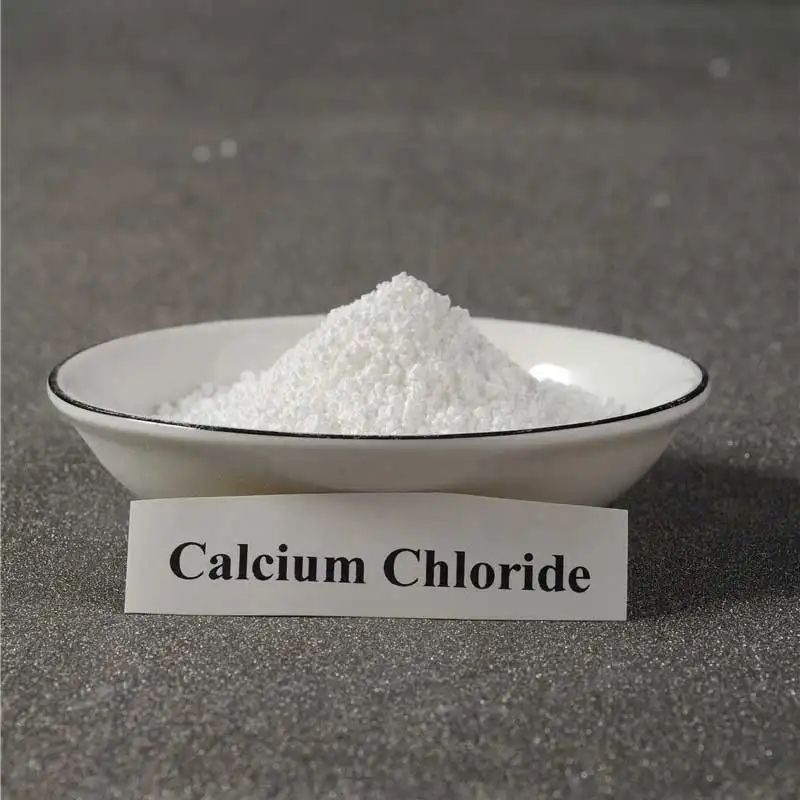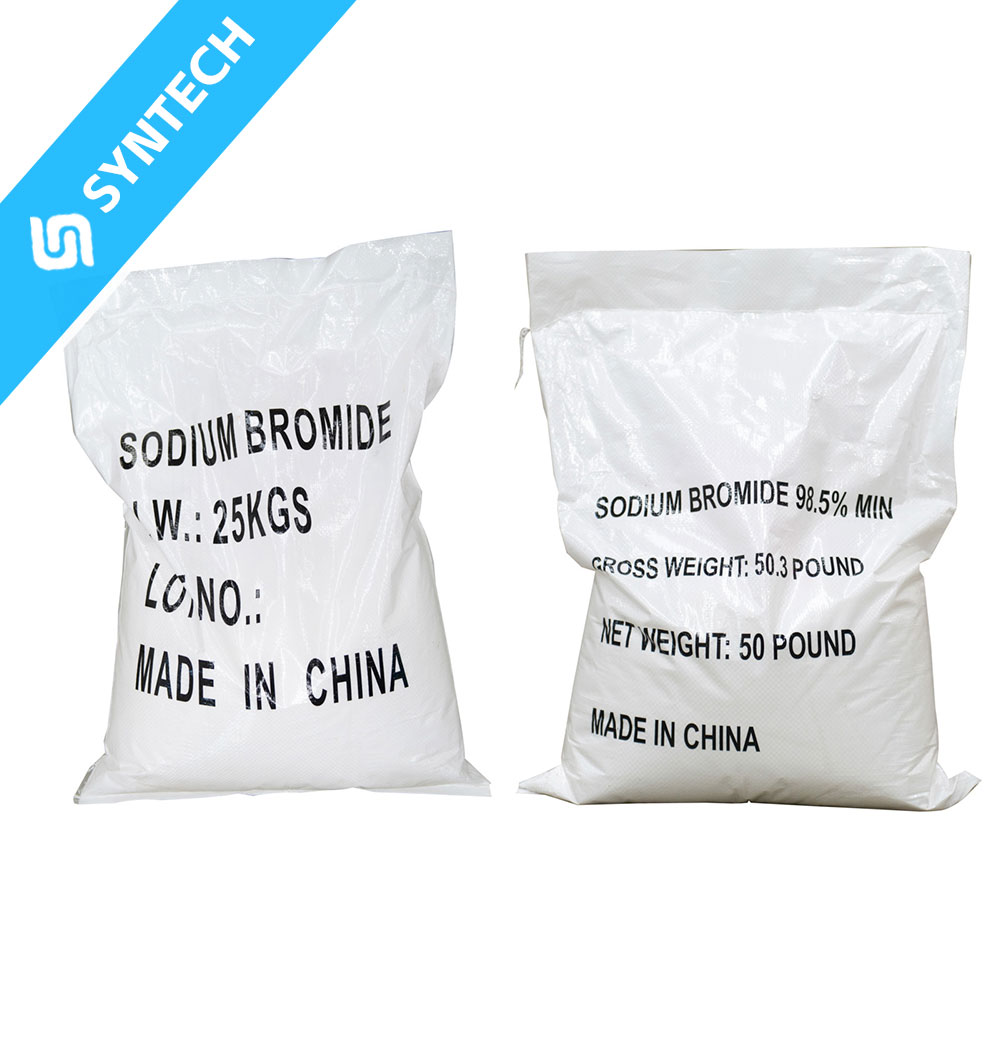Sodium Methallyl Sulfonate (SMAS) is primarily used in the textile dyeing industry as a key monomer or additive in various agents, thanks to its sulfonate group that enhances water solubility, dispersion, and stability. Here are its main applications and roles:
1. Dyeing Assistants and Color-Fixing Agents
- Role: SMAS is incorporated into copolymers (e.g., with acrylic acid or acrylamide) to create dye-leveling agents and color-fixing agents. Its sulfonate groups (-SO₃⁻) improve the affinity between dyes and fibers, ensuring uniform dye absorption and reducing uneven coloring.
- Effect: Enhances color fastness (resistance to fading during washing or light exposure) and vibrance of dyes, particularly for synthetic fibers like acrylics.
2. Third Monomer in Acrylic Fiber Production
- Role: SMAS serves as a third monomer (alongside acrylonitrile) in the synthesis of acrylic fibers. It introduces sulfonate groups into the polymer chain, which act as dye sites for cationic dyes.
- Effect: Improves dyeability by allowing faster dye uptake, better color retention, and enhanced heat resistance of the fibers. It also refines the fiber’s handfeel and spinnability.
3. Dispersants for Pigments and Dyes
- Role: SMAS-based copolymers are used as dispersants in dye slurries or pigment formulations. The sulfonate groups provide electrostatic repulsion, preventing agglomeration of dye particles.
- Effect: Ensures stable dispersion of dyes/pigments, leading to uniform coloration and reduced clogging in printing processes (e.g., textile printing pastes).
4. Softening and Finishing Agents
- Role: In fabric softening finishes, SMAS helps modify polymers to impart hydrophilic properties, reducing static electricity and improving fabric softness.
- Effect: Enhances the handfeel and comfort of textiles while maintaining wash durability.
5. Soil Release and Anti-Redeposition Agents
- Role: SMAS is used in copolymers for soil-release finishes, which prevent dirt from re-adhering to fabrics during washing.
- Effect: Improves fabric cleanliness and durability, especially in synthetic textiles.
Key Properties Driving These Applications:
- Hydrophilicity and Solubility: SMAS’s sulfonate group makes it highly water-soluble, facilitating even distribution in dye baths or finishing agents.
- Electrostatic Repulsion: Helps disperse dyes and prevent particle aggregation.
- Thermal Stability: Maintains performance under high-temperature dyeing conditions.
Example Formulation:
In acrylic dyeing, a SMAS-containing copolymer (e.g., poly(acrylonitrile-SMAS)) allows cationic dyes to bind efficiently to fibers, resulting in bright, long-lasting colors without compromising fiber strength.
SMAS is valued for its versatility in enhancing dye performance, fiber properties, and process stability in textile manufacturing. For specific formulations, consulting technical datasheets from suppliers is recommended.






